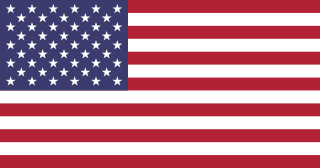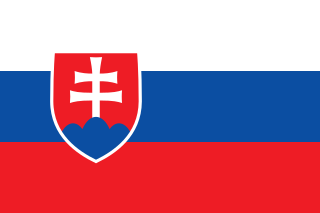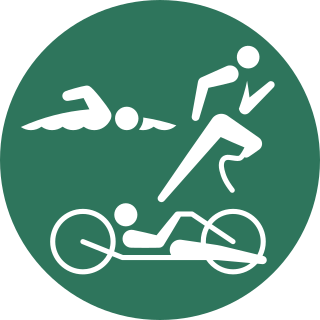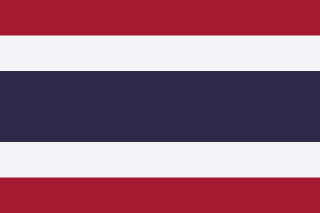
The United States competed at the 2016 Summer Paralympics in Rio de Janeiro, Brazil, from 7 September to 18 September 2016. The first places the team qualified were for three athletes in sailing events. They also qualified athletes in archery, goalball, shooting, swimming, and wheelchair basketball.

Paracanoeing at the 2016 Summer Paralympics, also simply referred to as canoeing, was held in Rio de Janeiro in September 2016, with a maximum of 60 athletes competing in six sprint style events. This was the first appearance for Para-canoe in the Paralympic Games.
There were 140 qualifying places available for archery at the 2016 Summer Paralympics: 80 for men and 60 for women.

The paratriathlon competitions at the 2016 Summer Paralympics in Rio de Janeiro took place from 10–12 September 2016 at Fort Copacabana. Sixty athletes competed across two genders, and six events. This was the first Paralympic Games to feature paratriathlon, one of two new sports added to the schedule for 2016.

Wheelchair tennis events at the 2016 Summer Paralympics were held between 8–16 September at Olympic Tennis Centre, Rio. This was the seventh full Paralympic wheelchair tennis competition since the event was introduced in 1992, having been a demonstration event in 1988.

South Korea competed at the 2016 Summer Paralympics in Rio de Janeiro, Brazil, from 7 to 18 September 2016.

Slovakia competed at the 2016 Summer Paralympics in Rio de Janeiro, Brazil, from 7 to 18 September 2016.
For the athletics competitions at the 2016 Summer Paralympics, the following qualification systems were in place. Qualification began on 15 October 2014 ends on 14 August 2016.

Paratriathlon at the 2020 Summer Paralympics in Tokyo, Japan, took place at the Odaiba Marine Park. It was the second time that paratriathlon was be scheduled in the Paralympics. Eight events were contested ; two more events than previously contested at the 2016 Summer Paralympics.

Wheelchair tennis at the 2020 Summer Paralympics in Tokyo, Japan took place at the Ariake Tennis Park from 27 August to 4 September 2021.

India competed in the 2020 Summer Paralympics in Tokyo, Japan, from 24 August to 5 September 2021. Indian athletes have appeared in every edition of the Summer Paralympics since 1984, though they made their official debut at the 1968 Summer Paralympics. This is India's most successful Paralympic season with 5 golds 8 silvers and 6 bronzes. Before this edition, India had won 12 medals of all previous Paralympics appearances combined.
Qualification for table tennis at the 2020 Summer Paralympics began on 1 January 2019 and ended on 31 March 2021. There were 174 male athlete and 106 female athlete quotas in 31 events for the sport.
Qualification for archery at the 2020 Summer Paralympics begins on 1 June 2019 and ends on 1 July 2020.
Athletics at the 2020 Summer Paralympics were to be held at the Tokyo National Stadium between 25 August and 6 September. Following the COVID-19 pandemic they have been rescheduled to between 24 August and 5 September 2021.
Qualification for badminton at the 2020 Summer Paralympics begins on 1 January 2019 to 16 May 2021. There are 90 expected slots for the sport across fourteen medal events.
Qualification for powerlifting at the 2020 Summer Paralympics will begin on 25 May 2018 and finish on 27 June 2021. There will be 180 powerlifters competing in 20 events.
Qualification for swimming at the 2020 Summer Paralympics begin on 1 October 2018 and finish on 31 January 2020. There are 340 male and 280 female athlete quotas in 146 swimming events.

Thailand competed at the 2020 Summer Paralympics from 24 August to 5 September 2021. This was the country's tenth appearance at the Paralympic Games.
Qualification for shooting at the 2020 Summer Paralympics begins from 1 January 2019 to 21 June 2021. There were three events for male and female sports shooters and seven mixed events. There were a total of 154 athlete quotas.
Ranking lists begin from 1 January 2018 to 31 January 2020. Continental qualification tournaments will also determine what athlete would compete in the Summer Paralympics.









